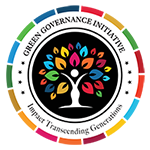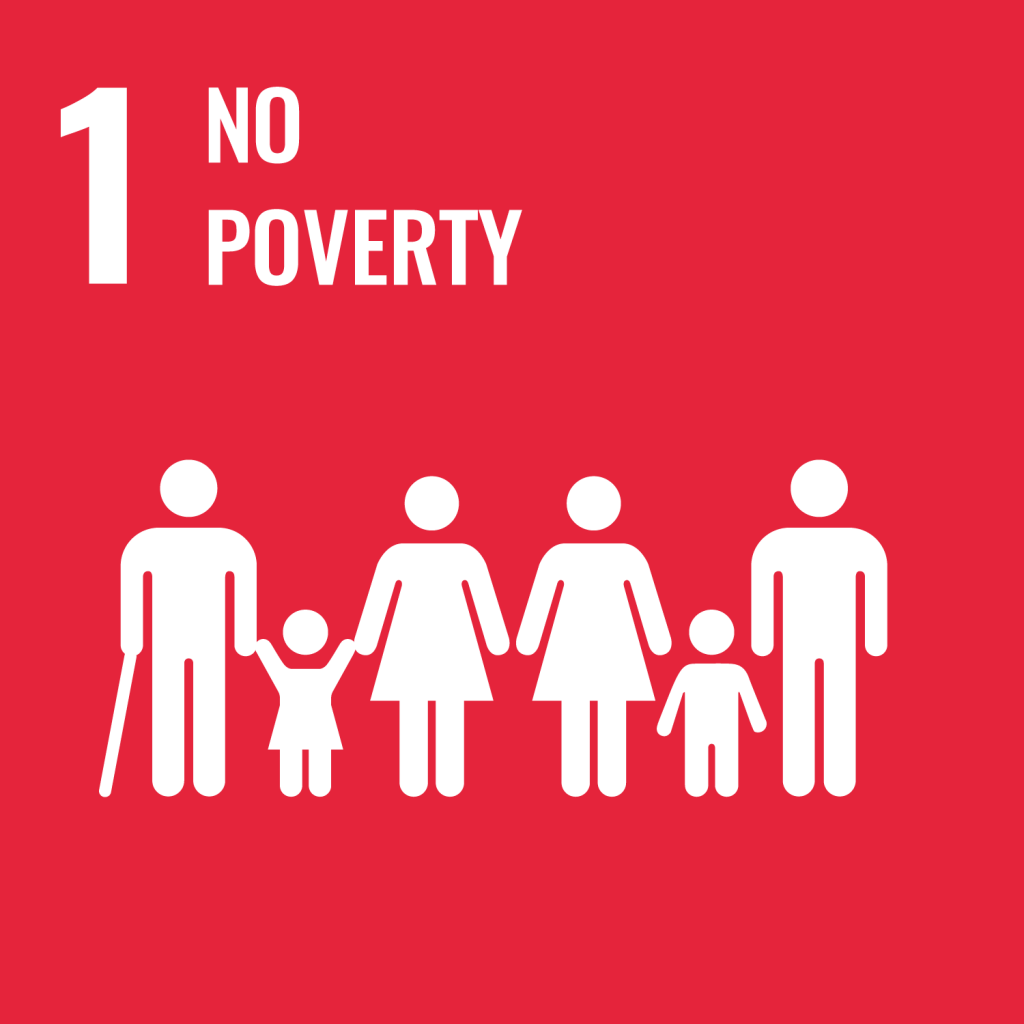Globally, the number of people living in extreme poverty has declined by more than half from 1.9 billion in 1990. However, 836 million people still live in extreme poverty. About one in five persons in developing regions lives on less than $1.25 per day. Southern Asia and sub-Saharan Africa are home to the overwhelming majority of people living in extreme poverty. High poverty rates are often found in small, fragile and conflict-affected countries. One in four children under age five in the world has inadequate height for his or her age. The all India Poverty Head Count Ratio (PHCR) has been brought down from 47% in 1990 to 21% in 2011-2012, nearly halved.
Fact And Figures
The fact that global poverty is sliding down can be of little comfort as there is a deceleration in the reduction of extreme poverty. Almost 10 per cent of people lived below the poverty line in 2015. However, even with declining poverty rates, it is estimated that in 2030, almost 6 per cent of the world's population would be still living in poverty. Acutedeprivation, exclu - sionary processes accentuated by natural calamities conspire to make poverty persist. Social protection systems help by ameliorating distress and creating conditions to exit poverty, but often do not reach all intended people or are not enough to meet the goals. For instance, even having a job could not help 8 per cent of the world's workers to escape extreme poverty in 2018. Only 22 per cent of the unemployed persons access unemployment benefits, only 28 per cent of the severely disabled persons make use of disability benefits, and just 41 per cent of new mothers access maternity benefits. On the other hand, natural disasters are causing deaths and economic loss in many countries, often reversing poverty escapes by vulnerable groups.
10%
of people lived below the poverty line in 2015
22%
of the unemployed persons have access to unemployment benefits
28%
of the severely disabled persons make use of disability benefits
Target
1.1 By 2030, eradicate extreme poverty for all people everywhere, currently measured as people living on less than $1.25 a day
1.2 By 2030, reduce at least by half the proportion of men, women and children of all ages living in poverty in all its dimensions according to national definitions
1.3 By 2030, ensure that all men and women, in particular the poor and the vulnerable, have equal rights to economic resources, as well as access to basic services, ownership and control over land and other forms of property, inheritance, natural resources, appropriate new technology and financial services, including microfinance
1.4 By 2030, build the resilience of the poor and those in vulnerable situations and reduce their exposure and vulnerability to climate-related extreme events and other economic, social and environmental shocks and disasters
1.5 By 2030, build the resilience of the poor and those in vulnerable situations and reduce their exposure and vulnerability to climate-related extreme events and other economic, social and environmental shocks and disasters.
1.a Ensure significant mobilization of resources from a variety of sources, including through enhanced development cooperation, in order to provide adequate and predictable means for developing countries, in particular least developed countries, to implement programmes and policies to end poverty in all its dimensions
1.b Create sound policy frameworks at the national, regional and international levels, based on pro-poor and gender-sensitive development strategies, to support accelerated investment in poverty eradication actions
Our Team


Adreeta Priyadarshini Das
Team Lead SDG 1

